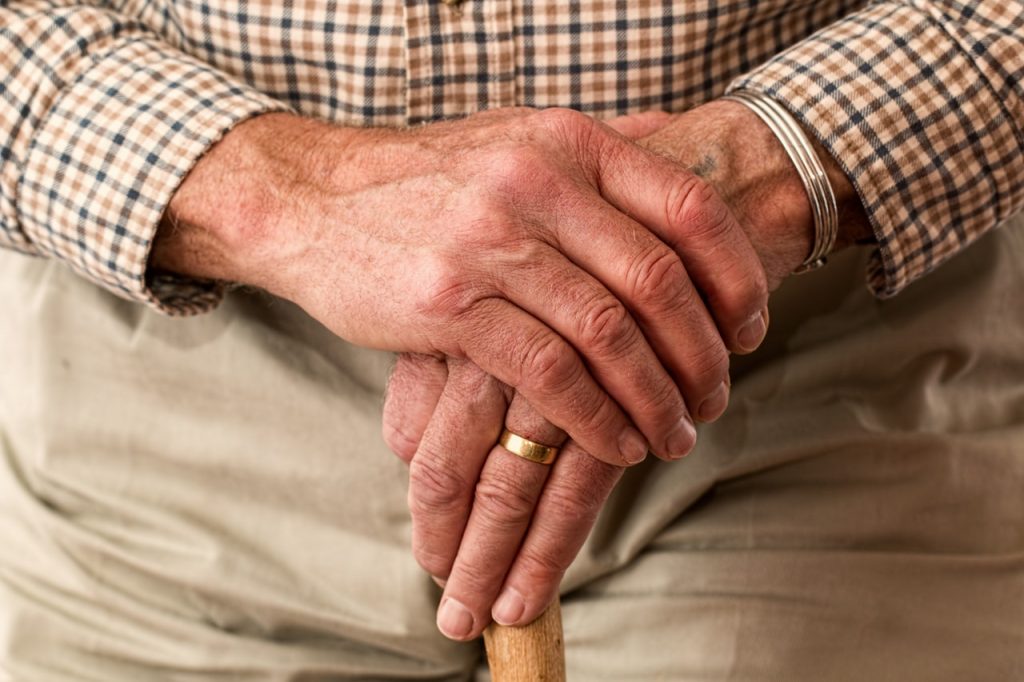According to the World Health Organization, falls are considered the most prominent of all external causes associated with unintentional injuries. Falls are especially common among the elderly.

Statistics released in a WHO report show that up to 35% of all people age 65-69 suffer from a fall each and every single year. This figure goes up at the age of 70 and up to a whopping 42%.
Many studies have been conducted regarding the physiological fall complications associated with the aging process and it has been confirmed that falls occur in higher frequencies as individuals age and experience higher levels of frailties.
Falls and the consequent injuries that occur immediately thereafter are considered to be major health problems that require a massive amount of medical attention. In fact, in those over 65 years of age, falls account for 50% of all of the hospitalizations required for sustained injuries.
We want to provide you with information about this common physiological complication associated with the aging process. In conjunction, the National Council on Aging has established Fall Prevention Awareness.
Falls – A Brief Definition
In order to truly comprehend the physiology behind a fall, it is first important to understand of the definition of a fall. Defined by WHO, “A fall is an event which results in a person coming to rest inadvertently on the ground or floor or other lower level.”
The medical description of a fall does not include issues where a patient falls as a result of a loss of consciousness, an unexpected and sudden bout of body paralysis, an epileptic-based seizure, or as a result of sustaining a blow to the body.
External Risks
There are many varieties of external factors that could result in falls among the aging population. The following outlines these risks:
- In many instances, a fall occurs as a result of environmental condition such as low lighting, uneven surfaces, and floors that are slippery or wet.
- If there is an obstacle in the path of the elderly and they are unable to see it or are not paying close attention when walking, they may trip over the obstacle.
- Being in an environment with others may distract the elderly and may cause them to lose their stepping and fall.
Internal Factors
There are a lot more internal factors that could result in a fall than external factors. Below, we have outlined the most common of these issues:
- The individual may find that they are unable to respond as rapidly and effectively as they age. As a result, this could result in a fall.
- Decreased stepping capability, the inability to effectively initiate stepping, and the hindrance of the timing associated with movements may result in balance complications and, in turn, result in falls.
- The use of certain medications may detrimentally impact the balance. The medications that are most commonly associated with falls among aging populations include sedatives, benzodiazepines, diuretics, psychotropics, digoxin, drugs that are anti-arrhythmic, and those that are similar in nature.
- Certain types of medical issues may cause falls. Examples include vascular-based conditions, arthritis, hearing problems, and issues that are directly related to the respiratory system.
- Lower levels of activity among the aging often results in an increase in fall risk.
- Nutritional deficiencies may cause loss of balance and falls. The most prevalent deficiency is that which involves Vitamin D.
- Vision that is attenuated increases the risk of falls. Examples of the most common conditions that may increase risk of this issue include poor field of vision, cataracts, glaucoma, and contrast sensitivity.
The Problem
Falls are an immense problem. This is mainly due to their established association with reduced levels of functionality, the need for early admissions to skilled nursing facilities, mortality, and morbidity. Naturally, falls increase the susceptibility of injuries. As people age, they are more likely to develop diseases that may increase the chance for falls.
Preventing Falls
Many professionals focus on strengthening the bones in order to prevent falls in the elderly; however, according to certified balance professionals, it takes more than that. Professionals must also focus on the person’s muscle function, as well as their balance.

Upon meeting with a physical therapist, they will evaluate your fall risk and your medical history. They will then create an exercise training program to optimize your balance and prevent future falls. Examples of exercises the program might include are single-leg stands, dance steps, walking in a figure “8”, obstacle courses, strength training, aerobic training, education, and even fear management.
If you are in the Denver area, Back to Motion also provides balance exercise and other therapies, such as Vestibular Therapy and Tai Chi Classes to aid in fall prevention.
Not only does this specialized focus help the protection against falls, but, it can protect against loss of mobility, loss of independence, fractures, slow reflexes, and similar factors that can increase the level of danger that a person faces upon experiencing a fall.
